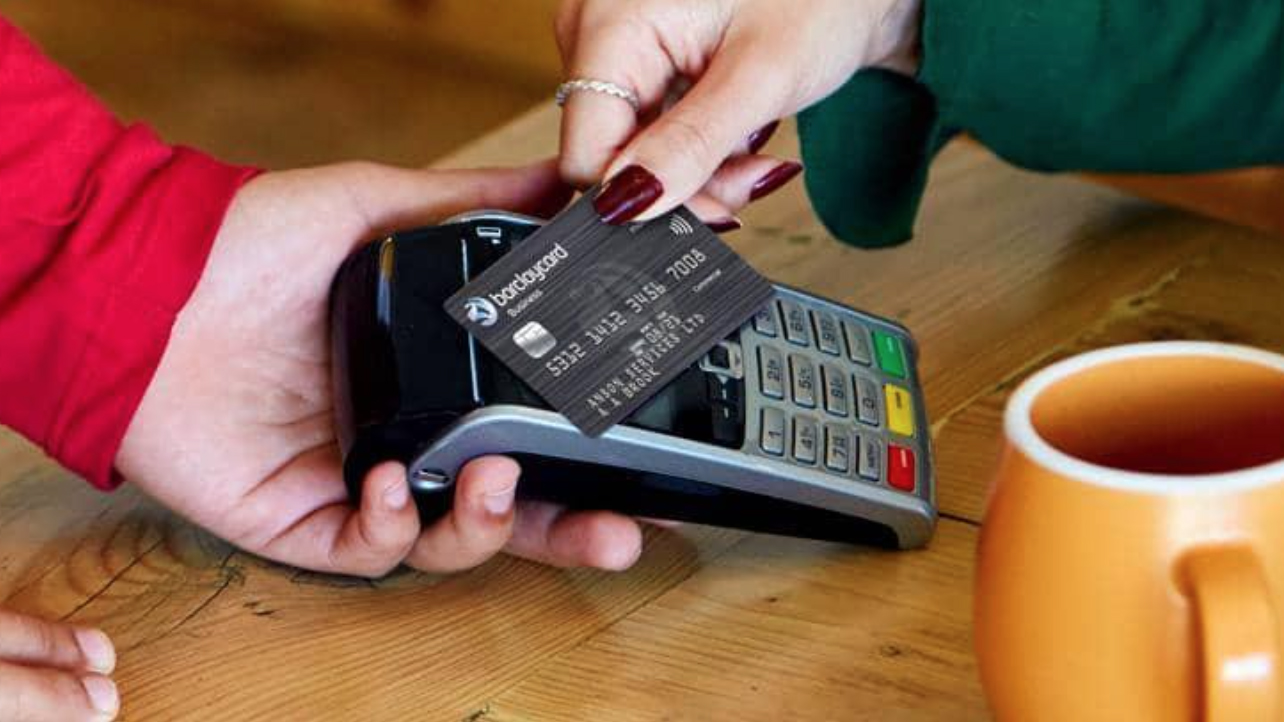Contactless card payment limit raised to £100 in the UK

The contactless payment limit has risen to £100 in the UK as part of Chancellor Rishi Sunak's budget announcement - as rumoured at the start of the year.
This is an increase from the current limit of £45 - up from the previous £30 limit - for contactless payment when using a card, but will not affect Apple Pay or Google Pay which already have no restrictions.
- Best mobile payment apps: turn your phone into a digital wallet
- How to switch to the new Google Pay app
- How to use Apple Pay
In his announcement Sunak said, "the contactless limit increase will make it easier than ever before for people to pay for their shopping." The Chancellor hopes this change should provide a boost to retail and the UK economy while also reducing the need for physical interaction with a card machine as Covid-19 restrictions are lifted.
Not everyone is happy though, as while it will make it easier to shop when you've forgotten your PIN number, banks are worried about the increased potential for fraud and want protections put in place like daily limits on how often contactless payments can be used.
The limit will be raised later this year - but no firm date was given for the change.
How to protect your card
This new £100 spending limit change will happen automatically and unfortunately, banks won't let you switch off contactless payments when it happens - without also freezing all payments or canceling your card - so what can you do to protect yourself from fraud?
Firstly make sure your purse or wallet isn't in an easily accessible place for pickpockets, and you might want to get an RFID blocking case that will stop people from being able to contactlessly read your card without you knowing - if you like a DIY approach, lining your wallet in tin foil can also work.
Sign up for breaking news, reviews, opinion, top tech deals, and more.
- Best identity theft protection: keep your identity safe and secure
You'll also want to keep an eye on your bank statements, and flag any payments that look suspicious to your bank as soon as you can. If you lose your wallet or purse make sure to report that quickly too. Most banking apps will let you quickly do this and some even let you freeze your card - blocked payments from it until you unfreeze it.
Finally, if everywhere you shop offers contactless payments you could try leaving your card at home and using Apple Pay or Google Pay instead. These services might have even fewer spending restrictions but your phone has to be unlocked for them to work, giving you a bit of extra protection over cards.
Via Sky News

Hamish is a Senior Staff Writer for TechRadar and you’ll see his name appearing on articles across nearly every topic on the site from smart home deals to speaker reviews to graphics card news and everything in between. He uses his broad range of knowledge to help explain the latest gadgets and if they’re a must-buy or a fad fueled by hype. Though his specialty is writing about everything going on in the world of virtual reality and augmented reality.